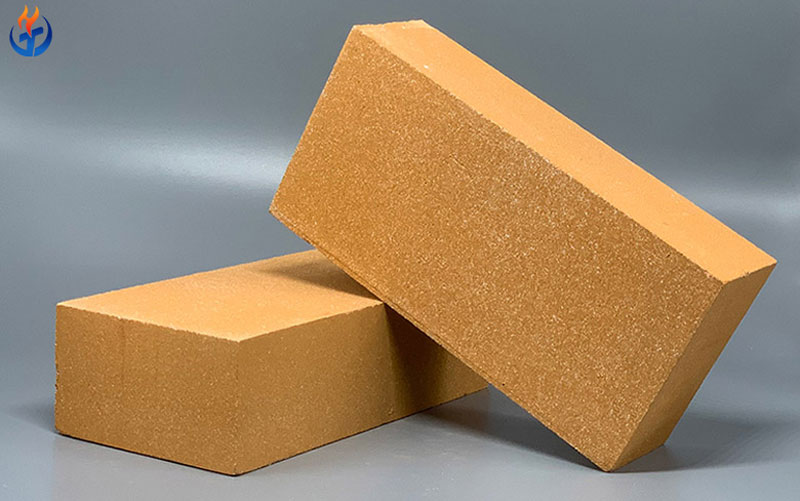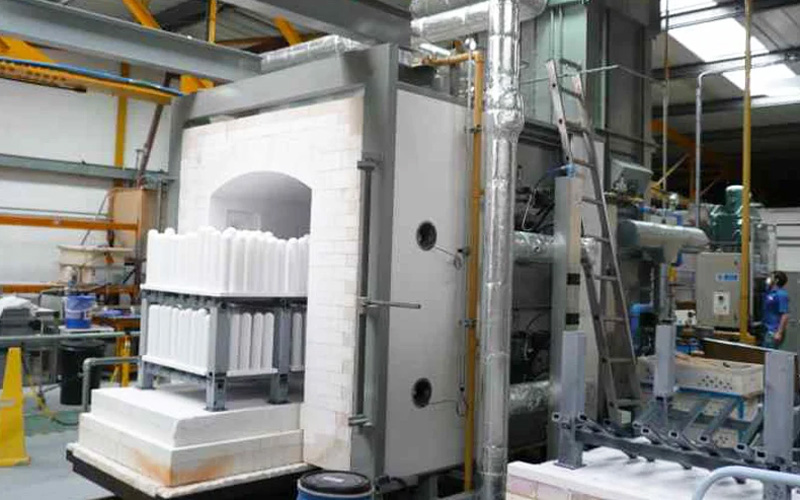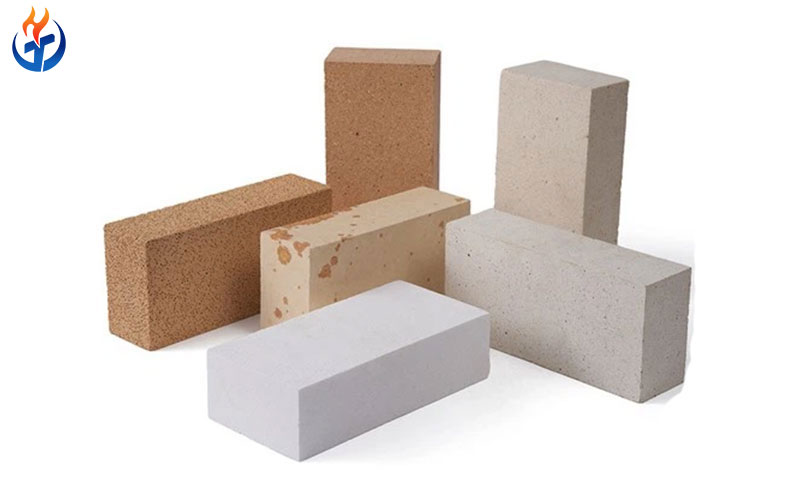White fire brick is an essential material widely used in high-temperature industries due to its excellent heat resistance and durability. Unlike ordinary bricks, white fire bricks are specifically designed to withstand extreme temperatures and thermal shocks, making them ideal for furnaces, kilns, and other high-heat applications. In this article, we will explore the types, features, and applications of white fire brick, as well as tips for selecting the right product for your needs.
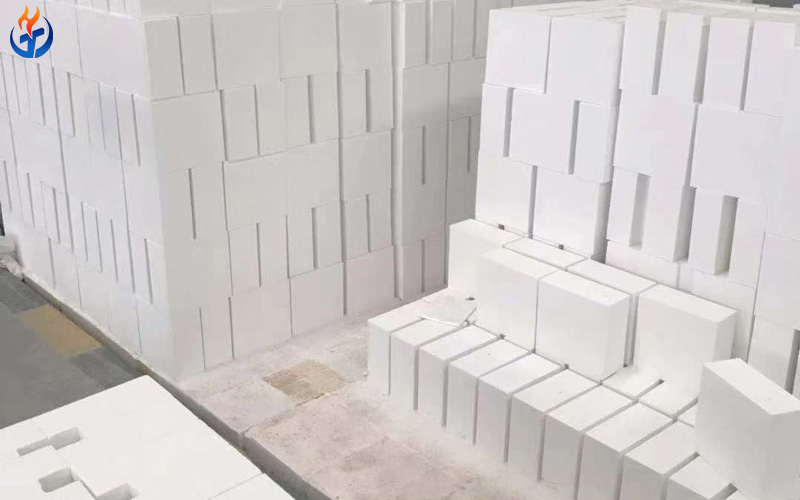
What is White Fire Brick?
White fire brick, also known as high-alumina refractory brick, is a type of ceramic brick made primarily from alumina (Al₂O₃) and other high-purity materials. Its distinctive white or pale color differentiates it from traditional red or brown bricks. The high alumina content ensures excellent heat resistance, low thermal conductivity, and superior mechanical strength under extreme conditions.
These bricks are essential in industries where temperatures can exceed 1,500°C, such as steelmaking, glass production, and chemical processing. Their ability to resist thermal shock, corrosion, and slag attack makes them a reliable choice for high-temperature environments.
Types of White Fire Brick
White fire bricks come in several types, each tailored for specific industrial needs. The main categories include:
1. Standard White Fire Brick
Standard white fire bricks are made from high-purity alumina and silica. They can withstand temperatures up to 1,700°C and are commonly used in general high-temperature applications. These bricks offer a good balance of thermal resistance, mechanical strength, and cost-effectiveness.
Key Features:
Maximum service temperature: 1,600–1,700°C
Low thermal expansion
Good resistance to thermal shock
Smooth surface and consistent dimensions
Applications:
Furnace linings
Kilns for ceramics
Glass melting tanks
2. High Alumina White Fire Brick
High alumina white fire bricks contain more than 70% alumina, which provides exceptional thermal stability and resistance to chemical corrosion. These bricks are suitable for areas exposed to molten metals or highly corrosive slags.
Key Features:
Maximum service temperature: 1,800–1,850°C
Excellent resistance to slag and chemical attack
High mechanical strength at elevated temperatures
Suitable for continuous high-temperature operations
Applications:
Steel and iron furnaces
Non-ferrous metal furnaces
Cement rotary kilns
3. Insulating White Fire Brick
Insulating white fire bricks are lightweight bricks with lower density than standard bricks. They are designed to reduce heat loss and improve energy efficiency. While they are less durable than dense bricks, their thermal insulation properties make them ideal for lining areas where heat conservation is critical.
Key Features:
Lightweight and easy to handle
Low thermal conductivity
Service temperature: 1,200–1,500°C
Helps reduce fuel consumption in furnaces
Applications:
Furnace roofs
Kiln linings where heat retention is important
Insulation layers in high-temperature equipment
4. Rebonded White Fire Brick
Rebonded white fire bricks are manufactured by combining high-purity alumina powders with a bonding agent, then sintering them at high temperatures. This results in a dense, strong brick with high thermal conductivity and excellent resistance to wear and slag.
Key Features:
Service temperature: 1,700–1,800°C
High density and mechanical strength
Excellent resistance to abrasion and chemical corrosion
Applications:
Industrial furnaces
Steel ladles
Glass tank bottoms
Key Features of White Fire Brick
White fire bricks are popular across industries due to a combination of mechanical, thermal, and chemical properties. Here are some notable features:
High Heat Resistance
White fire bricks can withstand temperatures well above 1,500°C, making them suitable for extremely hot environments.Thermal Shock Resistance
These bricks can endure rapid temperature changes without cracking, reducing maintenance costs and prolonging furnace life.Low Thermal Conductivity
Some types, especially insulating bricks, reduce heat loss and improve energy efficiency.Chemical Resistance
High alumina white fire bricks are resistant to acidic and basic slags, which makes them ideal for steel and glass industries.Durability
White fire bricks maintain structural integrity under high temperature and mechanical stress, offering long service life.Ease of Installation
Their uniform shape and size allow for easy installation and replacement, which is essential in industrial applications.
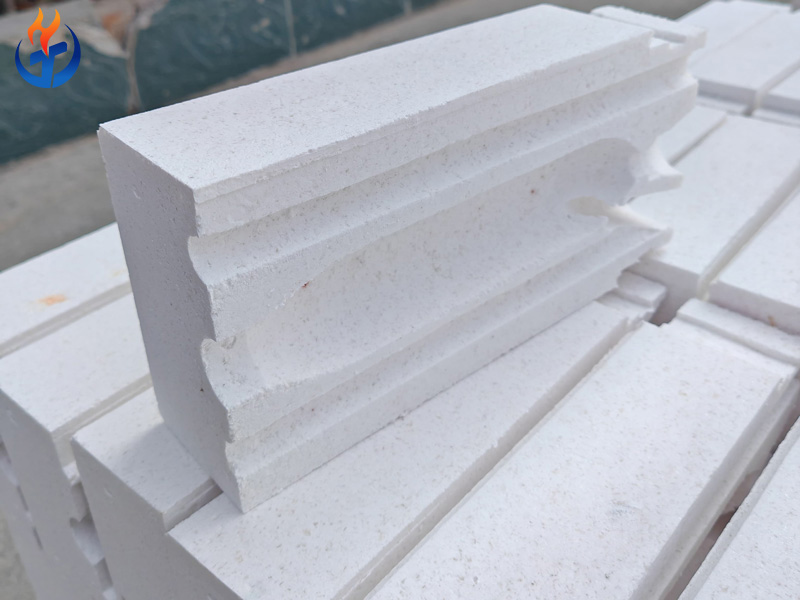
Applications of White Fire Brick
The versatility of white fire brick makes it indispensable in multiple high-temperature industries:
Steel Industry
White fire bricks line the interiors of steel furnaces, providing thermal protection against molten metal and slag. Their high alumina content ensures durability under harsh conditions.Glass Industry
White fire bricks are used in glass melting furnaces to resist corrosion from molten glass and maintain stable temperatures.Cement and Lime Industry
Kilns and rotary drums in cement production require high-temperature resistant bricks to maintain consistent firing conditions.Non-Ferrous Metal Industry
Aluminum, copper, and other non-ferrous metals are processed in furnaces lined with high alumina white fire bricks for heat resistance and chemical stability.Ceramics Industry
Kilns and ovens for ceramic production utilize white fire bricks to achieve uniform heating and efficient energy use.Chemical Industry
Chemical processing equipment exposed to high temperatures and corrosive materials benefits from the thermal and chemical stability of white fire bricks.
How to Choose the Right White Fire Brick
Selecting the appropriate white fire brick depends on several factors:
Temperature Requirements
Choose bricks with a maximum service temperature suitable for your furnace or kiln. High alumina bricks are better for extreme temperatures.Thermal Conductivity Needs
If insulation and energy efficiency are important, opt for insulating white fire bricks.Chemical Exposure
For environments with slags, molten metals, or corrosive substances, high alumina or rebonded bricks offer superior chemical resistance.Mechanical Stress
Consider the load and abrasion the brick will endure. Dense or rebonded bricks are more suitable for high-wear applications.Installation and Maintenance
Standard and lightweight bricks are easier to install and replace, which can reduce downtime.
Conclusion
White fire brick is a cornerstone material in high-temperature industries due to its outstanding heat resistance, durability, and versatility. With various types available—including standard, high alumina, insulating, and rebonded bricks—industries can choose the right product to meet specific thermal and chemical requirements. By understanding their features, applications, and maintenance needs, businesses can ensure maximum efficiency and longevity in their furnaces, kilns, and other high-temperature equipment.
Whether you are in the steel, glass, cement, or ceramics industry, investing in high-quality white fire bricks is crucial for achieving reliable performance and operational efficiency. When selecting the right type, consider temperature requirements, chemical exposure, and mechanical stress to ensure that your white fire bricks deliver optimal results. Want to get more about white fire bricks? Welcome to contact Xintai Refractory!

